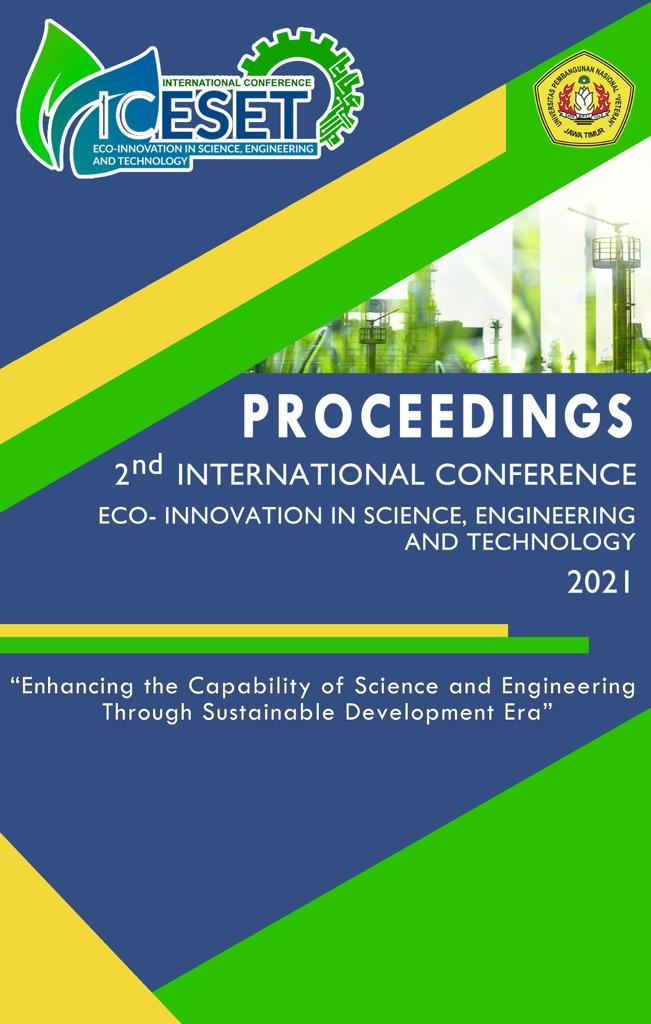Supplier Selection Analysis of Rubber Raw Material Using TOPSIS Method
DOI:
https://doi.org/10.11594/nstp.2021.1434Keywords:
Supplier selection, TOPSIS, AHP, rubberAbstract
Customer satisfaction is the main orientation of a company. To fulfill consumer desires, the company should pay attention to procuring raw materials and choosing the right supplier. Manufacturing companies have to think about how their products have added value compared to other companies. Company XYZ needs to determine the right strategy for purchasing rubber raw materials to increase the efficiency and effectiveness of the company. The method for analyzing the selection of suppliers of rubber raw materials is the TOPSIS (Technique for Order Preference by Similarity to Ideal Solution) method with the weighting of the criteria obtained from the AHP calculation value. The TOPSIS method is used to sort alternative suppliers based on the closest distance from the alternative value to the positive ideal solution and the farthest distance from the perfect negative solution. The data processing results are compared to other suppliers with a value of 0.31088 and the distance of the farthest negative ideal solution from the others with a value of 0.22064. Rank 1: company C, Rank 2: company A, Rank 3: company E, Rank 4: company B, Rank 5: company D.
Downloads
Downloads
Published
Conference Proceedings Volume
Section
License
Copyright (c) 2021 Dira Ernawati, Yekti Condro Winursito, Lutvia Agustin

This work is licensed under a Creative Commons Attribution 4.0 International License.
Authors who publish with this proceedings agree to the following terms:
Authors retain copyright and grant the Nusantara Science and Technology Proceedings right of first publication with the work simultaneously licensed under a Creative Commons Attribution License that allows others to share the work with an acknowledgement of the work's authorship and initial publication in this proceeding.
Authors are able to enter into separate, additional contractual arrangements for the non-exclusive distribution of the proceedings published version of the work (e.g., post it to an institutional repository or publish it in a book), with an acknowledgement of its initial publication in this proceeding.
Authors are permitted and encouraged to post their work online (e.g., in institutional repositories or on their website) prior to and during the submission process, as it can lead to productive exchanges, as well as earlier and greater citation of published work (See the Effect of Open Access).














